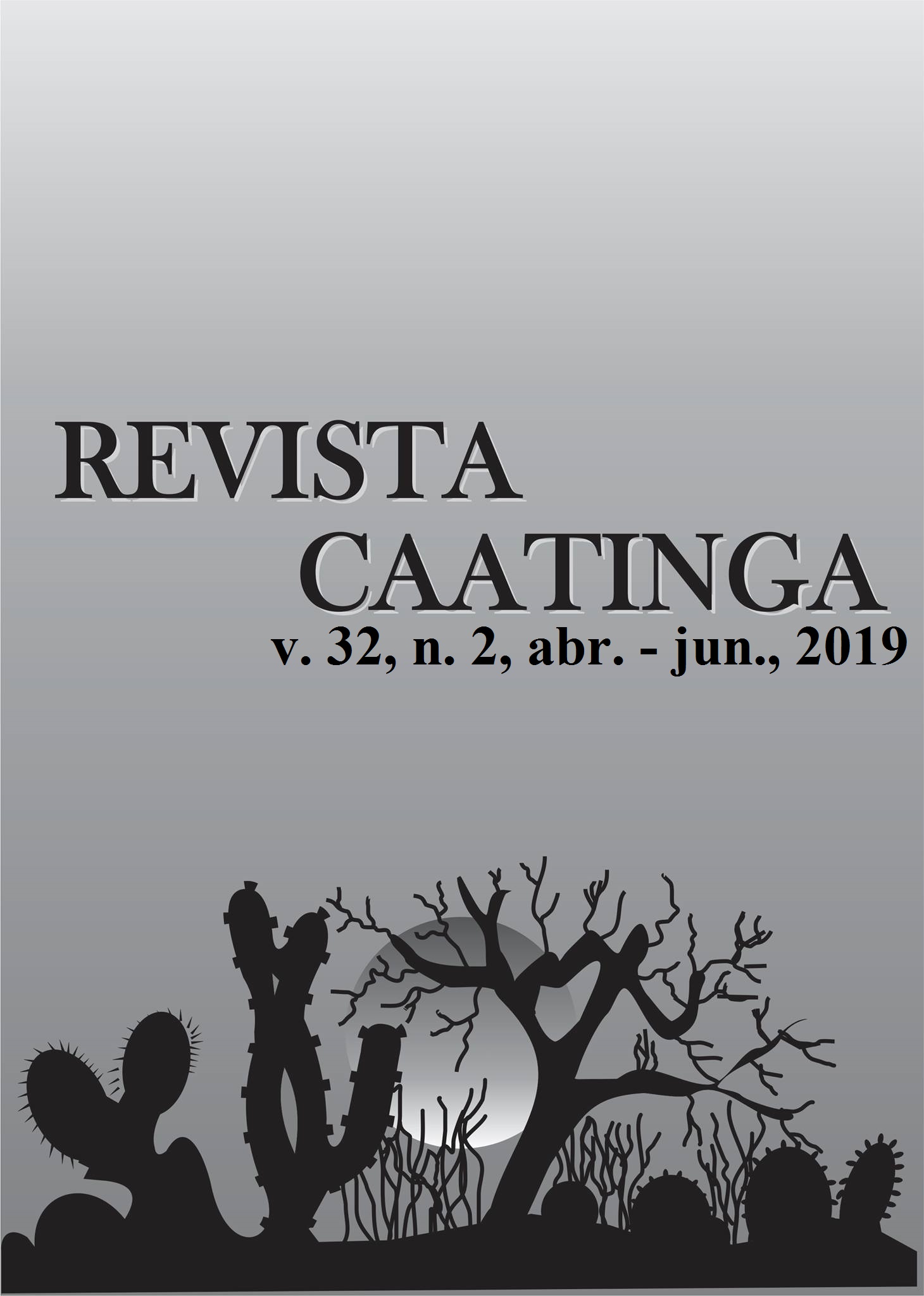LEADING SYSTEMS AND VIABILITY OF CITRIC BUDS IN HYDROPONICS
DOI:
https://doi.org/10.1590/1983-21252019v32n209rcKeywords:
Budstocks. Greenhouse. Parent plants.Abstract
The purpose of this experiment was to evaluate the production of budstocks and the viability of the buds of the ‘Valencia’ and ‘Pera’ orange tree varieties in a hydroponic system. The experiment was arranged in a completely randomized design in a 2 × 3 factorial scheme. The two orange varieties were grafted onto the Rangpur lime tree with three leading systems (single stem, two stems, and three stems) and three replications of 10 plants per plot. The time that elapsed between pruning the stems at 40 cm and the first collection, as well as the time between each harvest were determined. The number of buds in the median part of the stems and percentage of viable buds in each leading system were also measured. This was determined after performing inverted T budding on the Rangpur lime tree rootstocks and verifying that the procedure was successful. The production of citrus plant budstocks is feasible in a hydroponic system.
Downloads
Downloads
Published
Issue
Section
License
Os Autores que publicam na Revista Caatinga concordam com os seguintes termos:
a) Os Autores mantêm os direitos autorais e concedem à revista o direito de primeira publicação, com o trabalho simultaneamente licenciado sob a Licença Creative Commons do tipo atribuição CC-BY, para todo o conteúdo do periódico, exceto onde estiver identificado, que permite o compartilhamento do trabalho com reconhecimento da autoria e publicação inicial nesta revista, sem fins comerciais.
b) Os Autores têm autorização para distribuição não-exclusiva da versão do trabalho publicada nesta revista (ex.: publicar em repositório institucional ou como capítulo de livro), com reconhecimento de autoria e publicação inicial nesta revista.
c) Os Autores têm permissão e são estimulados a publicar e distribuir seu trabalho online (ex.: em repositórios institucionais ou na sua página pessoal) a qualquer ponto antes ou durante o processo editorial, já que isso pode gerar alterações produtivas, bem como aumentar o impacto e a citação do trabalho publicado (Veja O Efeito do Acesso Livre).







